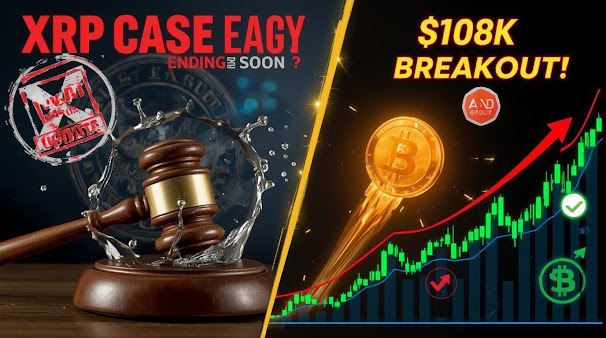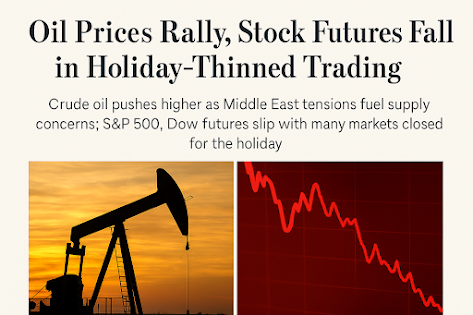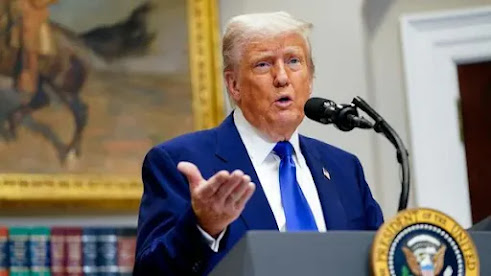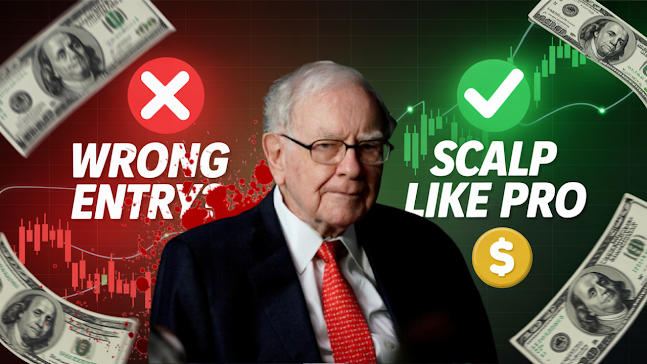Latest Crypto Market News: XRP Price Rises on Hope of SEC Case Closure; Bitcoin Hits All-Time High Before U.S. Senate Crypto Regulation Vote.

Introduction: XRP Breakthrough + Bitcoin Rally
In today’s crypto market update, two major events are shaking up prices and investor confidence:
-
A closed-door SEC meeting could signal a conclusion to the long-running XRP lawsuit.
-
Bitcoin price just crossed $108,000, driven by anticipation of a key U.S. Senate vote on crypto regulation.
This blog covers the latest XRP news, Bitcoin price action, and what traders and investors should do now.
⚖️ XRP vs SEC: Case Could End Soon
Ripple Labs, the company behind XRP, has been battling the U.S. Securities and Exchange Commission (SEC) since 2020 over whether XRP is a security.
But this week, the SEC listed a closed meeting under “Litigation and Claims”, which many believe may indicate that:
-
A settlement is coming
-
Or the court decision is finalized
🗣️ John Deaton, crypto legal analyst:
“This could be the final phase of the Ripple case. XRP holders should stay alert.”
📈 XRP Price Today
As of the latest update:
-
XRP price: $0.71
-
24-hour change: +7%
-
Trading volume: Significantly higher than average
Investors are optimistic that Ripple’s win could lead to relisting on U.S. exchanges like Coinbase and Kraken.
💹 Bitcoin Price Surges Past $108,000: What’s Driving the Rally?
Bitcoin (BTC) has reached an all-time high of over $108,000 (₹90 lakh).
Here are the 3 key reasons behind the rally:
1️⃣ U.S. Senate Crypto Bill Vote Incoming
This week, the U.S. Senate will vote on a bill that will define how cryptocurrencies are regulated in America.
If passed, the bill could:
-
Reduce SEC control
-
Create clear guidelines for exchanges
-
Legalize certain crypto tokens as commodities
This clarity is driving positive sentiment across the crypto market.
2️⃣ Institutional Buying Continues
Large firms like:
-
BlackRock
-
Fidelity
-
ARK Invest
...are increasing their Bitcoin ETF exposure. Institutional adoption is boosting BTC’s reputation as a digital asset class.
3️⃣ Retail FOMO Rising
Retail traders worldwide — especially in India, Latin America, and Europe — are buying BTC at record levels.
🔊 “Bitcoin missed the 100K mark in 2021. Now it’s back, and I’m not missing the wave,” one Indian trader posted on X (formerly Twitter).
📊 Market Snapshot: Today’s Top Coins
| Coin | Price | 24H Change |
|---|---|---|
| Bitcoin (BTC) | $108,320 | 🔺 +4.8% |
| XRP (Ripple) | $0.71 | 🔺 +7.1% |
| Ethereum (ETH) | $6,120 | 🔺 +3.2% |
| Solana (SOL) | $192 | 🔺 +5.5% |
| BNB (Binance Coin) | $640 | 🔺 +2.9% |
💬 What Should Investors Do Now?
Whether you’re holding XRP, Bitcoin, or just watching the market, here’s what you should consider:
✅ If You Hold XRP:
-
Wait for official SEC or Ripple announcements
-
Price may move quickly after any final ruling
-
Keep an eye on Coinbase relisting news
✅ If You Hold BTC:
-
Consider partial profit booking above 100K
-
Watch for market reaction after the Senate vote
-
BTC may remain volatile after such a sharp rise
✅ If You’re a New Investor:
-
Don’t invest blindly during high-volatility periods
-
Use apps like CoinDCX Learn, Zerodha Varsity, or WazirX Learn
-
Start with small SIP-style investments in BTC or ETH
🌍 Impact on Indian Crypto Market
Indian crypto exchanges are expected to:
-
Push XRP promotions if the case closes in Ripple’s favor
-
Attract more BTC investors due to global bullish sentiment
-
Possibly introduce new tokens if regulation eases globally
📌 Summary
-
SEC held a closed meeting that may finalize the XRP lawsuit
-
XRP price jumped 7% on investor optimism
-
Bitcoin hit $108K+, driven by a pending U.S. crypto regulation vote
-
Institutions and retail investors are both contributing to the rally
-
Indian users should prepare for higher volatility and possible new listings





